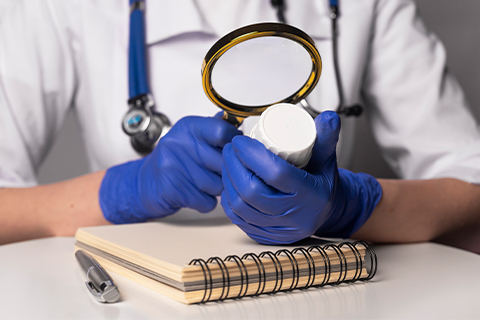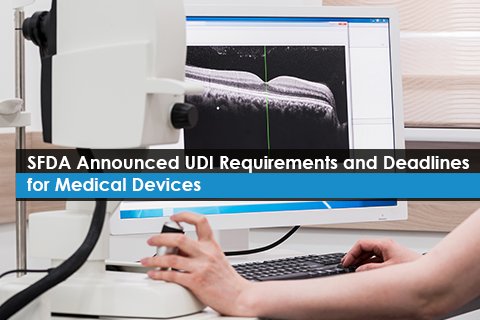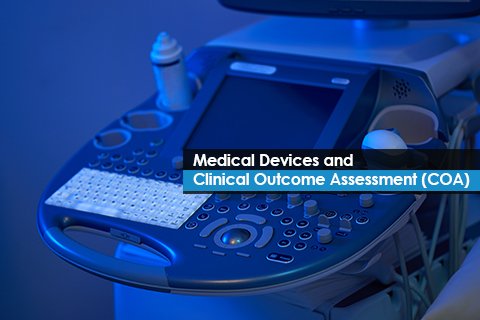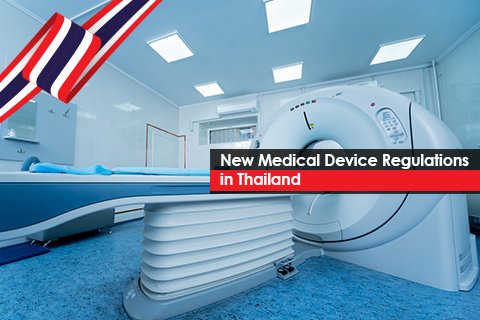Medical Device UDI Requirements in China

The Unique Device Identification (UDI) system is an international standard that assigns a unique code to each medical device to improve patient safety and streamline product tracking and recall. In China, the National Medical Products Administration (NMPA) has implemented UDI guidelines and regulations for medical devices to enhance safety and quality control.








